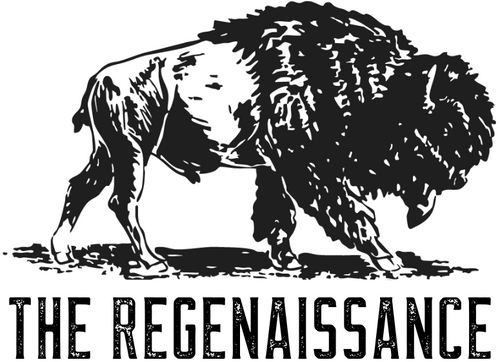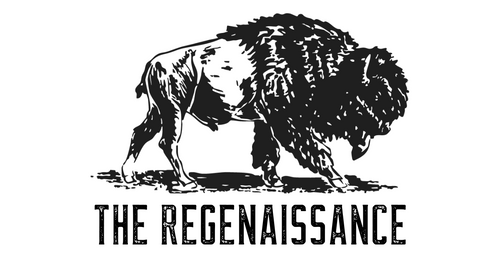Iowa State University’s first-year results show vegetables can grow successfully beneath and between solar panels. In fact, some even performed better than in full sun. That’s agrivoltaics in action: one acre, three harvests food, energy, and profit.
What Is Agrivoltaics (in 20 seconds)
Agrivoltaics = co-locating photovoltaic arrays with active agriculture (produce, livestock, pollinators) so the land keeps producing food while generating electricity. Proper panel height, row spacing, and farm-first layout make it work.
Fast Facts from Iowa State’s Living Lab
-
Study Site: 10 acres, ~3,300 panels, Alliant Energy & ISU partnership near Ames, IA.
-
Crops grown year 1: broccoli, summer squash, bell peppers (plus berries & grapes establishing).
-
Results: broccoli slightly smaller under panels; squash and peppers slightly bigger under panels vs. full-sun controls.
-
What’s next: expanding to tomatoes, more pollinator habitat, and continued multi-year trials.
Why This Matters for Regenerative Farmers
-
Heat & water resilience: Panel shade tempers extreme heat, reduces evaporation, and can lower irrigation demand which is key to protecting soil life and plant health.
-
Keep land in food: Dual use means acres stay productive instead of being fenced off for energy only (removing farmers from farmland).
-
Community optics: A “solar-and-soil” design wins more local support than solar that displaces farming.
The How-To: Set Up Agrivoltaics on a Working Farm
1) Plan Like a Farmer (and an Engineer)
-
Site & layout: Prioritize existing field operations (tractor lanes, irrigation runs, harvest access) then place panels (raised ~8–10 ft) with wider row spacing so equipment and light can reach crops.
-
Choose the rack: Fixed-tilt is simpler; single-axis tracking boosts energy and can fine-tune shade. Use farm-friendly cable routing and protected conduits.
2) Match Crops to Microclimate
-
Partial shade winners: Heat-sensitive veg (e.g., peppers, squash, leafy greens) often benefit from moderated midday sun (like ISU saw bigger squash & peppers).
-
Perennials & pollinators: Establish berries, grapes, and native wildflower strips to stabilize soil, boost biodiversity, and reduce mowing.
3) Stack Regenerative Practices
-
Continuous cover + drip: Keep ground covered with clover/pollinator mixes; use drip to maximize water efficiency in the cooler, shadier microclimate.
-
Grazing under glass: Sheep are proven “solar mowers” which closes the loop on vegetation and fertility. (Plan fencing and junction-box protection.)
4) Partner Up & Finance It
-
Utility or developer co-design: Negotiate dual-use specs (panel height/spacing) and keep farming in your lease terms.
-
Stack incentives: The USDA REAP program offers grants/loans that can materially shorten payoff; check current availability in your state and utility net-metering rules.
The Money: Where You Make Bank
-
Two revenue streams: Keep selling crops/hay and capture lease income or bill savings from solar generation.
-
Cost control: Behind-the-meter solar can stabilize or cut power costs for irrigation, cold storage, and barns for 25+ years.
-
Grant boost: REAP grants/loans can cover a meaningful share of project costs for ag producers and rural small businesses.
Soil Health Wins (That Also Help Yields)
-
Cooler, moister soils: Shade reduces evaporation and wind exposure, supporting microbial life and reducing erosion.
-
Biodiversity bump: Pollinator habitat under arrays improves ecosystem services (pollination, biocontrol) and can reduce operation & maintenance costs over your lease.
-
On-farm proof: ISU’s field team reports commercial-scale veg production is practical under arrays; early data suggest in some cases you can produce more under panels than outside.
How To Get Started With Solar
-
Walk the field and sketch panel rows + equipment lanes.
-
Pick shade-compatible crops for under-panel bands; sunnier aisles get sun-hungry crops.
-
Specify panel height/spacing for farm access in your RFP/lease.
-
Install drip + groundcover to protect soil and cut evap.
-
Apply for USDA REAP funding; confirm net-metering/Interconnection.
-
Add pollinator strips or sheep grazing for low-input vegetation control.
-
Track yields vs. open-field plots; iterate crop map each season.
The Takeaway
You don’t have to choose between harvesting sunlight and harvesting food. Iowa State’s early results make it plain: with farmer-first design, agrivoltaics can boost resilience, protect soil, and improve farm economics (without surrendering your acres to single-use energy).





